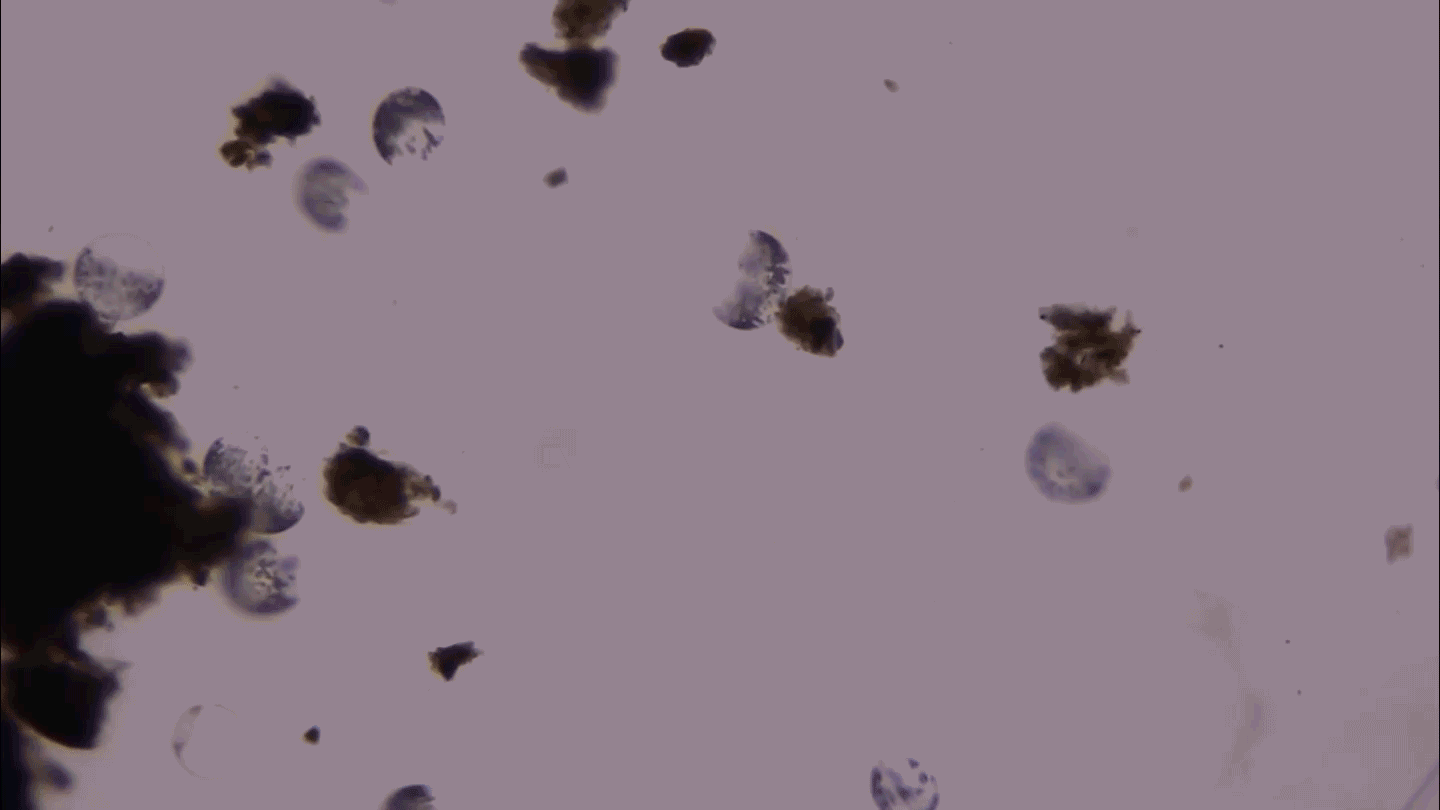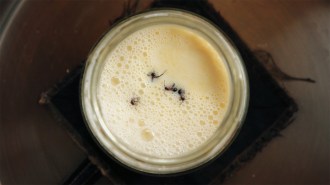
Daniel Blanco-Melo’s obsession with viruses bloomed in high school. Today he studies how they’ve shaped human evolution and history.
Courtesy of D. Blanco-Melo
Smallpox, measles, mumps. These are among the contagious diseases that European colonists likely brought to the Americas at the turn of the 16th century, prompting the collapse of Indigenous populations. But the exact viruses that caused the millions of deaths remain unknown.

Daniel Blanco-Melo seeks to solve that historical puzzle. An evolutionary virologist at the Fred Hutchinson Cancer Center in Seattle, he uses cutting-edge tools to study ancient viruses and illuminate how they have shaped human evolution and history. In recent work, Blanco-Melo and colleagues reconstructed two viruses circulating in Mexico at the time of European colonization.
“Our research on ancient viruses is really appealing to the curiosity of the people and how we can study history,” Blanco-Melo says. But this work also holds personal meaning for Blanco-Melo as someone who was born and raised in Mexico. Through genetic sleuthing, he is able to study “something that is very dear in my heart,” he says, “really understanding, with molecular biology, those historical events.”
Viruses shape human evolution
Blanco-Melo’s obsession with viruses bloomed in high school when he had a chance encounter with Matt Ridley’s book Genome. Blanco-Melo had bought it as a Father’s Day gift for his dad but ended up reading it himself. Later, with encouragement from his biology teacher, he enrolled in an undergraduate program in genomics at the National Autonomous University of Mexico, or UNAM, campus in Cuernavaca.
He had his first encounter with ancient viruses as a Ph.D. student at the Rockefeller University in New York City. His research focused on particular viruses called endogenous retroviruses, remnants of past infectious viruses that have become integrated into a host’s genetic instruction book.
Blanco-Melo first cataloged the genetic remains left behind by an ancient retrovirus called HERV-T that spread among our primate ancestors tens of millions of years ago. Further analysis revealed that a gene responsible for producing the virus’s outer envelope stuck around throughout primate history; even modern humans retain an inactive version. This gene encodes the envelope protein that helps the virus enter and infect a cell by interacting with another protein on the cell surface.
Why would such a viral gene be so well preserved, Blanco-Melo wondered. What kind of evolutionary advantage could it have offered? Based on studies of cells in a lab dish, he hypothesizes that ancient primates must have co-opted the viral gene and used the related protein to get rid of the cell surface protein, essentially blocking the virus’s entry into cells.
This example highlights how a virus’s own genetic material, over the course of evolution, can be used against it. “This project not only satisfied my curiosity, but we were able to push it into a full-blown story of how a virus evolved, emerged, but also how that virus ceased to exist,” Blanco-Melo says.
Perhaps today’s researchers can exploit similar strategies to combat current retroviruses — “the big goal being HIV,” Blanco-Melo says.
Delineating historical events
More recently, Blanco-Melo has teamed up with María Ávila-Arcos, an evolutionary geneticist at UNAM and an old friend, to study viral epidemics that largely wiped out Indigenous populations in the Americas.
Blanco-Melo, Ávila-Arcos and a team of researchers extracted and isolated viral DNA from skeletal remains that they dated to somewhere between the 15th and 17th centuries. These remains come from mass graves at a colonial hospital and a chapel in what is now Mexico City. Archaeological and hospital autopsy records suggest that the remains in the graves belonged to Indigenous people and enslaved Africans who were victims of epidemics that occurred during the 1540s and 1570s.
Based on those findings, the team reconstructed the genetic instruction books of two viruses not previously known to be circulating at that time — human parvovirus B19 and a human hepatitis B virus.
The study, published in 2021 in the journal eLife, is perhaps the first to obtain ancient viral sequences from the Americas, says Jesse Bloom, a virologist at the Fred Hutch who wasn’t involved in this work.
“Knowing about the ancient viruses that were infecting people hundreds of years ago is of great scientific and historical interest throughout the world, but especially of interest in the Americas,” Bloom says.
The team found that the ancient viruses were similar to contemporary African strains. They “seem to have arrived in Mexico shortly after the European arrival,” Blanco-Melo says, “but they did not come from Europe. They came from Africa, basically through the transatlantic slave trade.”
Through the collaboration, Blanco-Melo has been careful to avoid helicopter research, where outsiders come to a place, get the data and take credit for the resulting work. “These samples should stay in Mexico, should be analyzed by Mexican researchers … and all those results are, of course, going to be communicated back into the communities. That’s our goal,” he says.
Though the two viruses the team identified aren’t likely to have caused massive epidemics, they could have exacerbated some of the symptoms of other diseases. Ongoing projects based on the same samples from Mexico are looking for other viruses and even peptides to get a fuller picture of the viruses from that time — and perhaps pin down big culprits. “There’s a lot more research that needs to be done in order to capture those other causative agents,” Blanco-Melo says.







